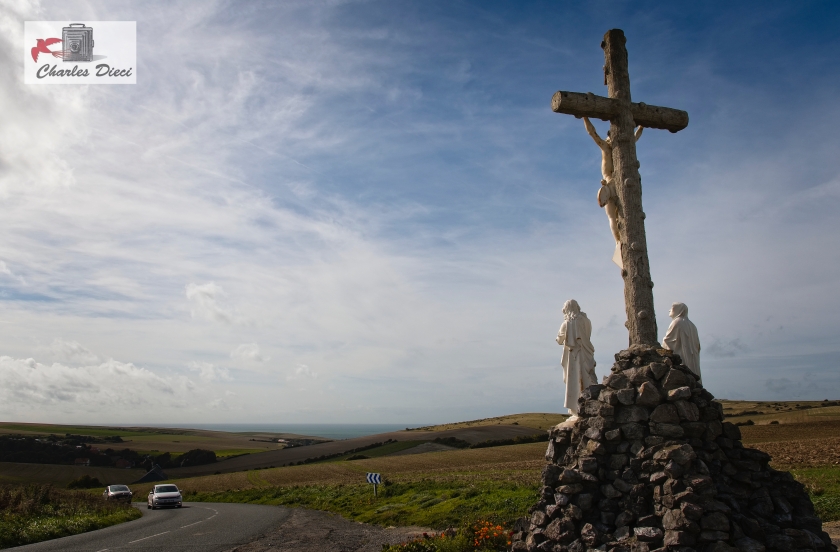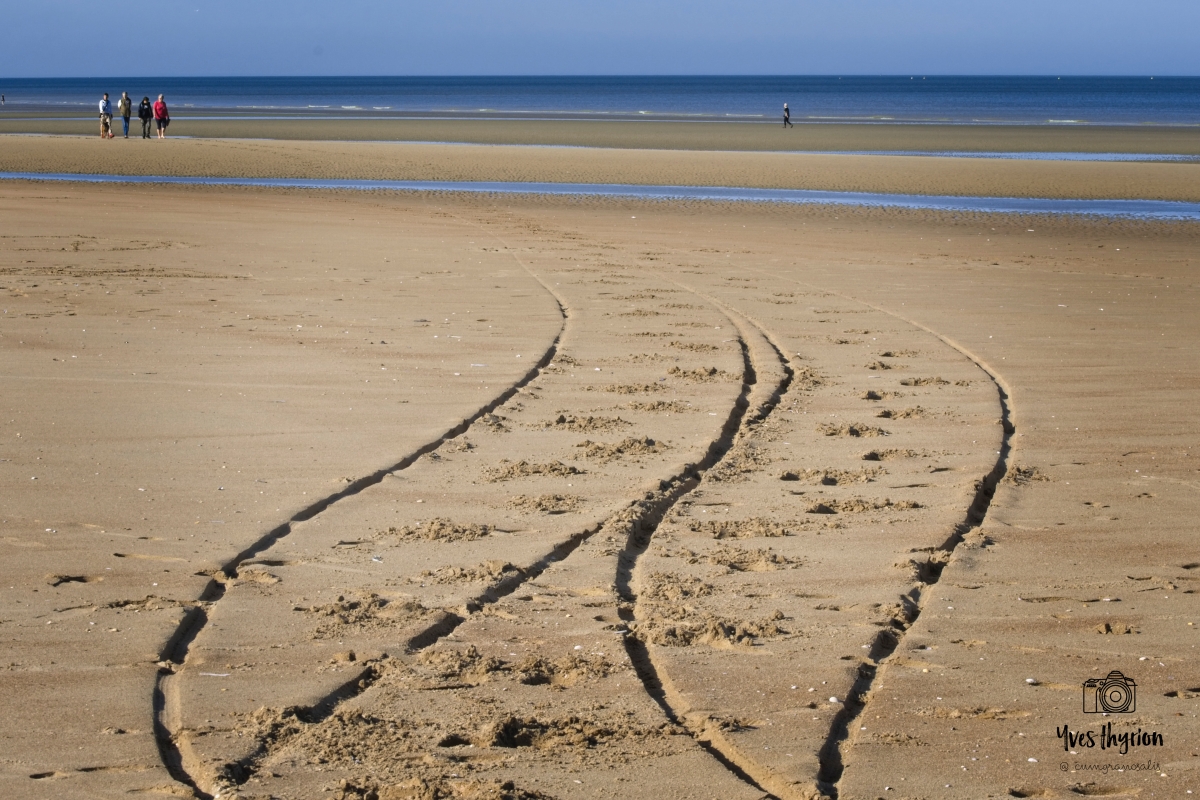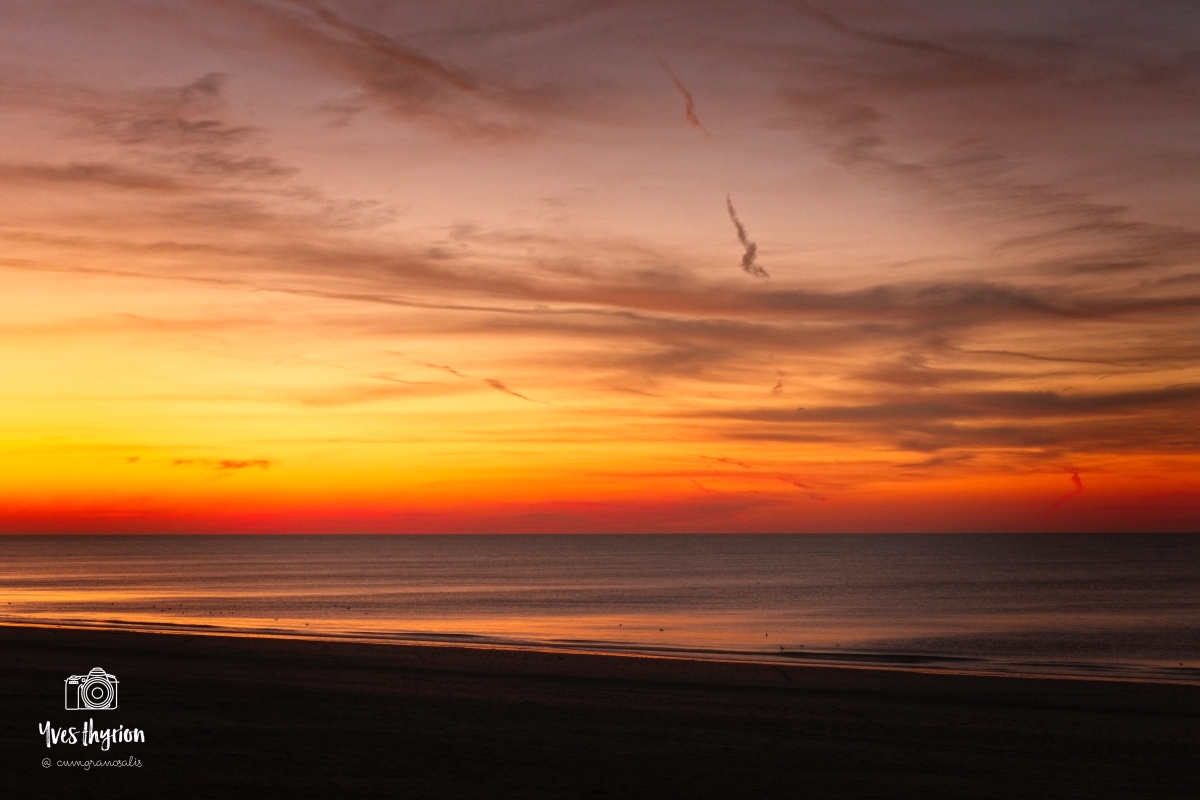
Landscape photography is not about cameras, gadgets and gizmos. Photography is about photographers. A camera doesn’t make a great picture anymore than the best word processor writes a great novel. Before you go off and buy that € 3.500 camera body, or the latest € 2.000 super-sharp lens, Think twice: they will not make you a better landscape photographer.
Before I get too many death threats, let me try to explain what I mean: 99% of the world’s landscape images are based upon a large depth of field (DOF). That is to say, that we want to have as much of the subject in sharp focus as possible. Front to back sharpness will help to convey to the viewer the splendor of the view, and help to convey something of our own experience when taking the photo. To achieve this in an image, we will shoot with the aperture stopped down to about f/11, and focus one-third of the way into the frame. Remember the hyperfocal rule. This gives the greatest depth of field possible, culminating in an overall sharp and detailed image. With nearly any gear or lens.
I’m not trying to say that a lens like the Nikon 14-24mm f/2.8 ED isn’t worth owning. Please don’t get me wrong. I’m sure it has faster focusing, a better build, better contrast, better color rendition and better handling than any basic 18-105mm kit lens. No doubt about a fact. But it also costs five times as much, without returning five times better image quality.
And full frame sensors offer better low-light performance, better dynamic range, if we are comparing the latest technology. This is true, but so what? If you are primarily a landscape photographer, then the camera should be set up on a tripod and set to the lowest ISO possible anyway. And as for dynamic range, it’s nothing that post-processing can’t deal with. The argument could be made that full-frame cameras are ”pro” cameras, and therefore better built, weather-sealed etc. That also means, however, that they will probably be bigger and heavier to carry around, the files will be bigger to deal with, and the lenses will generally be more expensive (and heavier). As a result, you will capture better images with your iPhone: you GOT it at the right place, and in the right time.
Above all, the most important aspect of great landscape photography is light. You can stand in front of a beautiful coastal scene, with a wonderful composition of foreground, middle and background elements, full of sweeping curves and leading lines. But, if the light isn’t right, then you have no image. More than anything else, it’s the quality of the light in a landscape that will determine its success or failure.
The photographers you admire may very well use the latest full frame bodies, and the most expensive ultra-wide lenses that money can buy. But, that’s not what makes them great photographers either. When it comes to beautiful landscape images, it is most definitely not about the gear. They will chase the light. They will get up early, and go to bed late, in pursuit of that damned right light. They will stand on a cliff for hours, with their camera set up in the one spot, waiting for just the right light to make just the one image. And if they get that one shot, then they will consider it a successful day. It’s about planning to be in the right place at the right time. And then it’s about getting lucky when mother Nature decides to turn up with glorious light.
Use whatever you want to make the kind of image you want to make. Choose full frame cameras if they suit your needs. Get an ultra-wide if that’s what it takes to bring your vision to life. But don’t also fall into the trap of feeling somehow inferior if you’re not shooting on a full frame camera with a pretty expensive lens, because you certainly don’t need them to try creating stunning landscape images. Maybe that money would be better spent going on location to a place you’ve always wanted to shoot, somewhere in our beautiful world.



